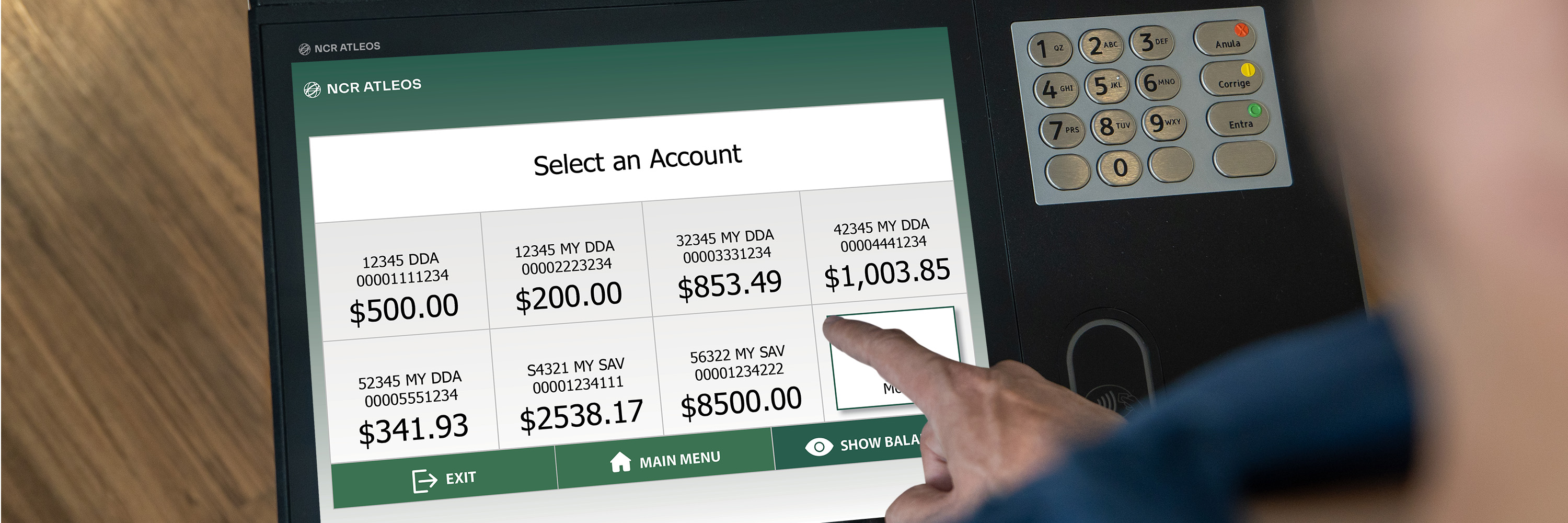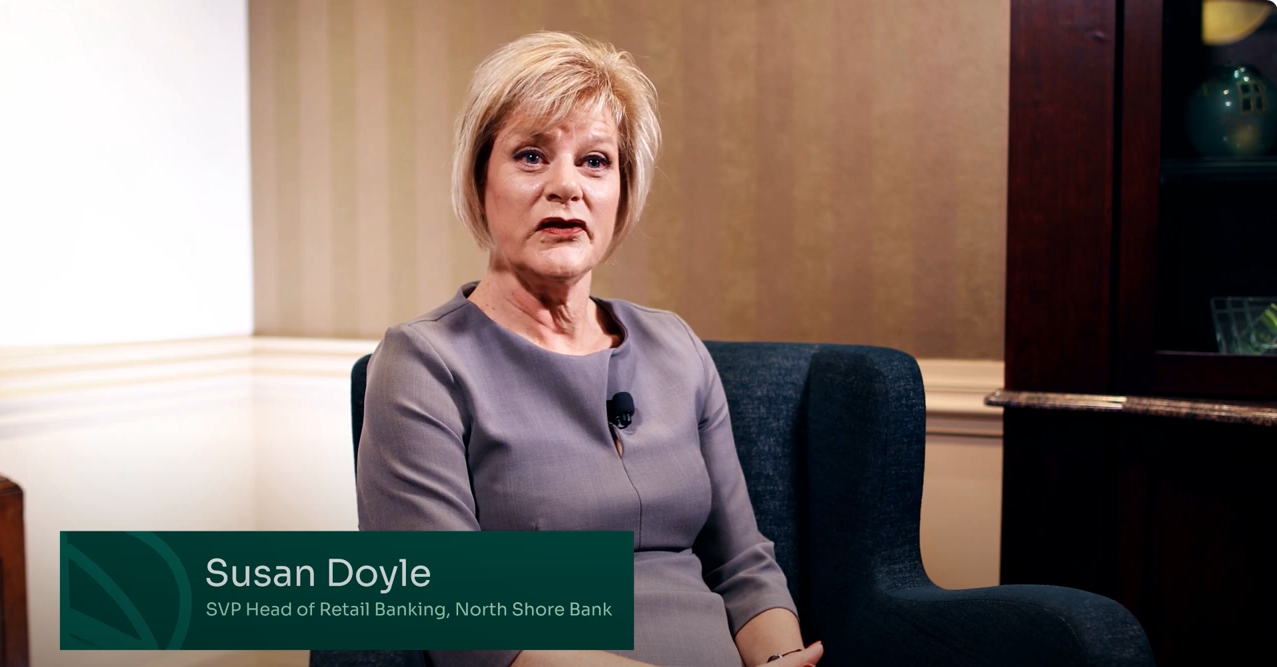Insights
Delivering fresh perspectives on the industry's biggest challenges.



article
The many roles of ATMs for banks, credit unions, fintechs and communities
Learn how utility banking, innovation and AI are reshaping ATM strategy for banks, credit unions and fintechs.

Keep on top of the latest trends and developments in self-service banking to drive success
All insights
Thank you! Your submission has been received!
Oops! Something went wrong while submitting the form.

Cash, for resiliency when digital payment systems fail
When digital payment systems fail, it’s cash to the rescue.
Read more
Articles
This is some text inside of a div block.
Cash Optimization

5 steps to transform your network security
Embedded network security involves cross-functional planning and collaboration. Learn more about the approach we recommend.
Read more
Infographics
This is some text inside of a div block.
Telecom & Technology

International Day of Banks: Banking for a better world
This infographic celebrates the International Day of Banks and the role FIs play in building a sustainable financial ecosystem.
Read more
Infographics
This is some text inside of a div block.
Enhanced Customer Experience

Cybersecurity challenges in future enterprise connectivity
Learn how enterprises are addressing the cybersecurity concerns brought on by integrating AI and IoT technologies at scale.
Read more
Whitepapers
This is some text inside of a div block.
Telecom & Technology
.jpg)
ATM branding hits the screen
With ATM screen branding, you can extend your reach, unlocking new opportunities for growth, visibility and customer connection with every transaction.
Read more
Articles
This is some text inside of a div block.
Fleet Modernization

Decoding the future of enterprise architecture
This report showcases the ways leaders are leveraging hybrid edge-cloud architectures to reconcile the unique advantages of each.
Read more
Whitepapers
This is some text inside of a div block.
Telecom & Technology

Achieving competitive advantages through ATM deployment
Escaping the ATM deployment maze by consolidating services with a single expert partner
Read more
Articles
This is some text inside of a div block.
Show more
1 / 30
Enjoying this content?
Sign up to stay up to date on our latest articles, case studies and other value-packed content.
Thank you!
Your submission has been received.











.jpg)












.jpg)




















.jpg)

























%20(1).jpg)

















.jpg)
.jpg)
.jpg)

%20(1).jpg)



